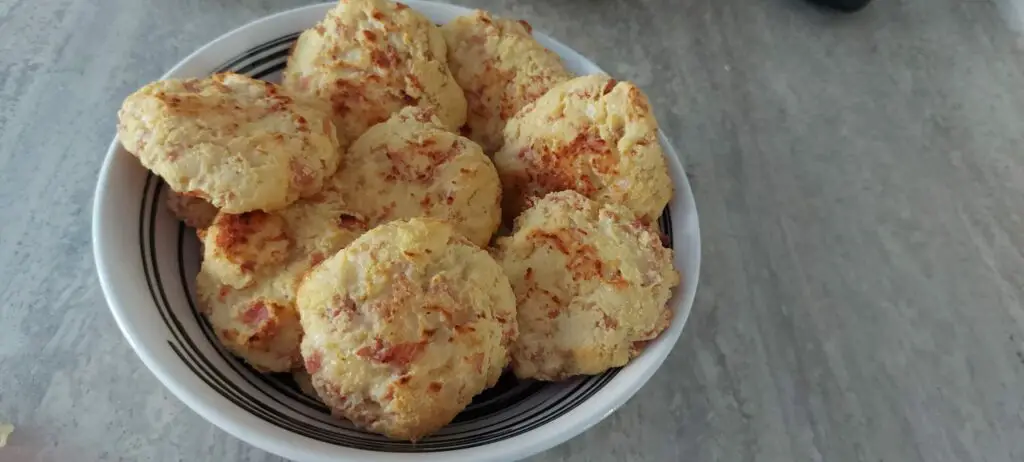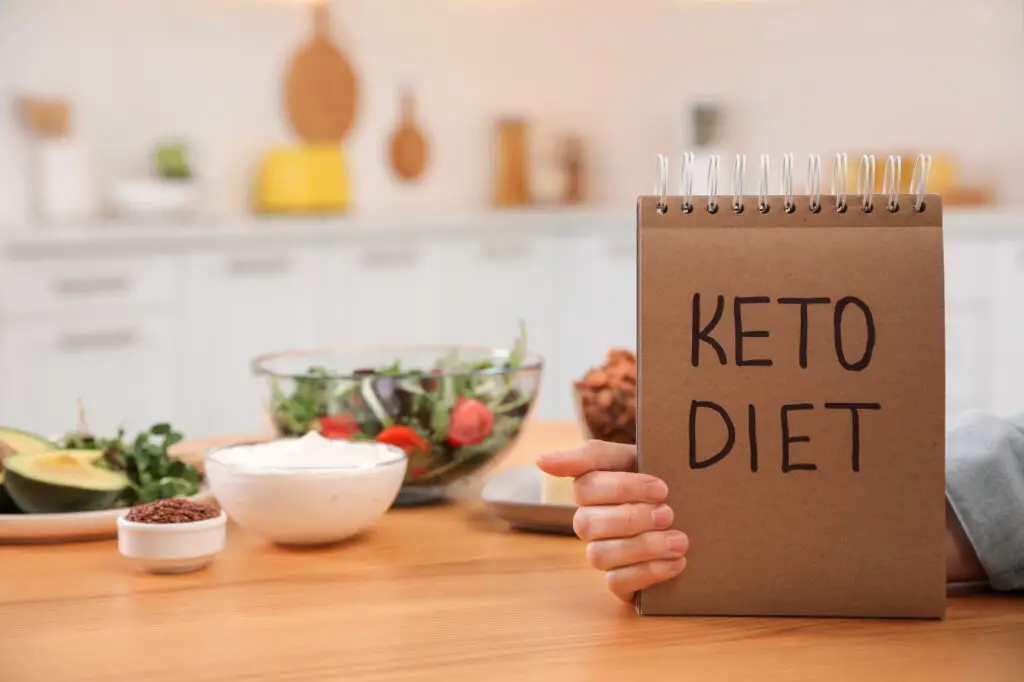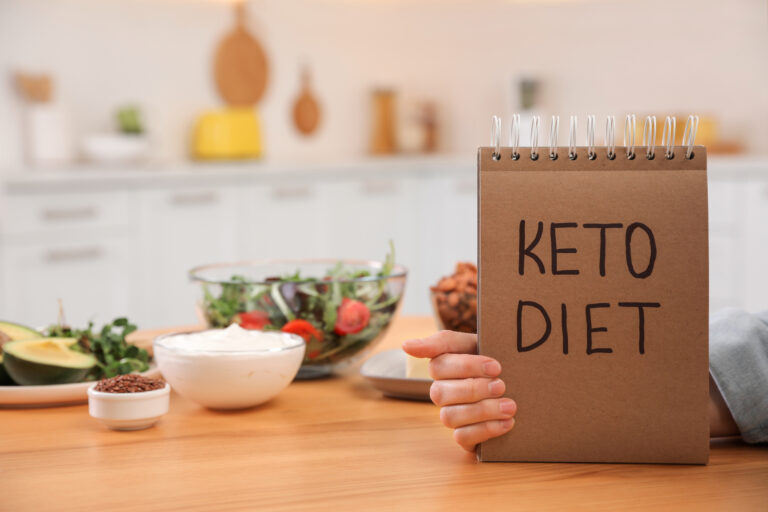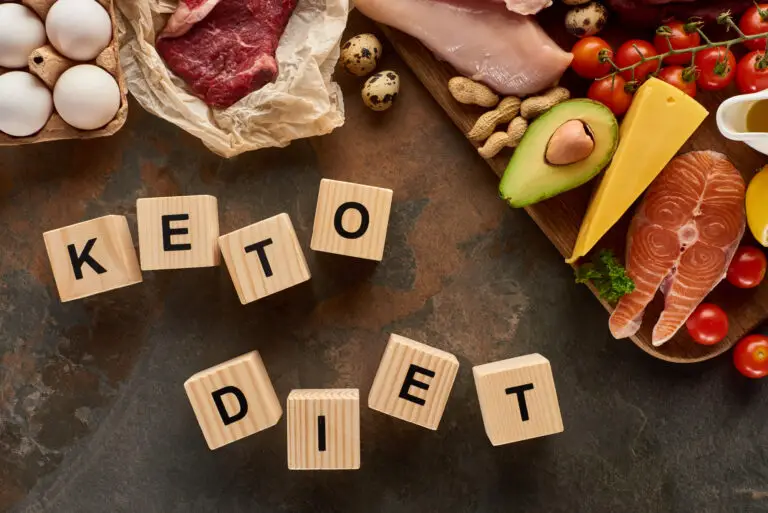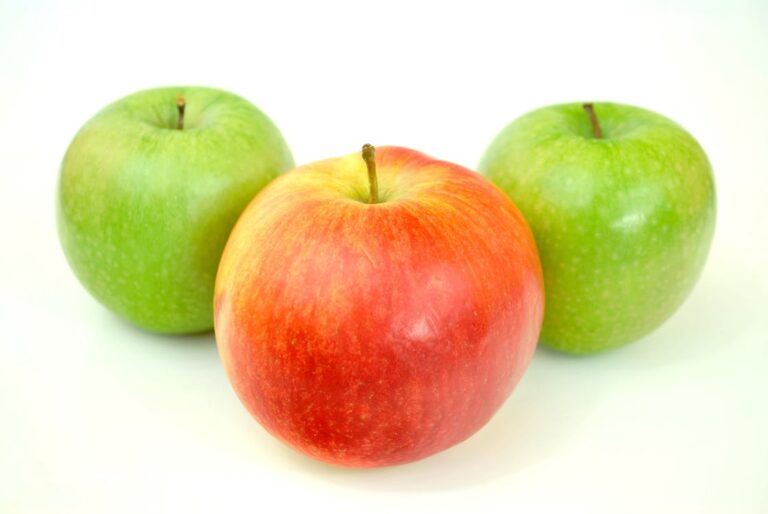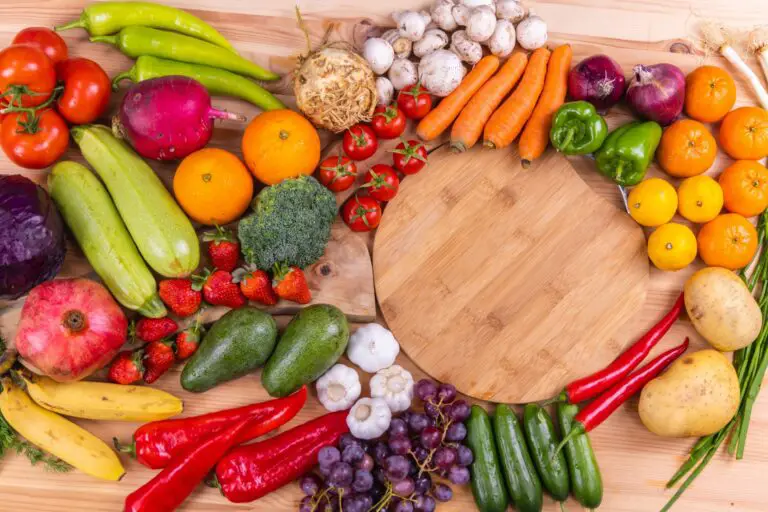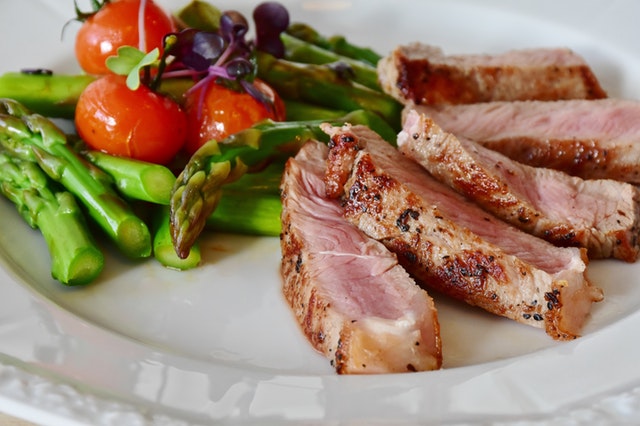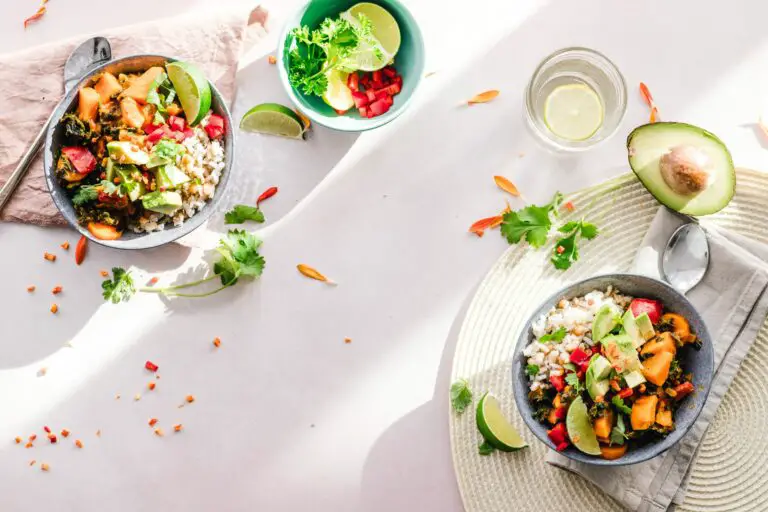Is Thai curry good for keto diet?
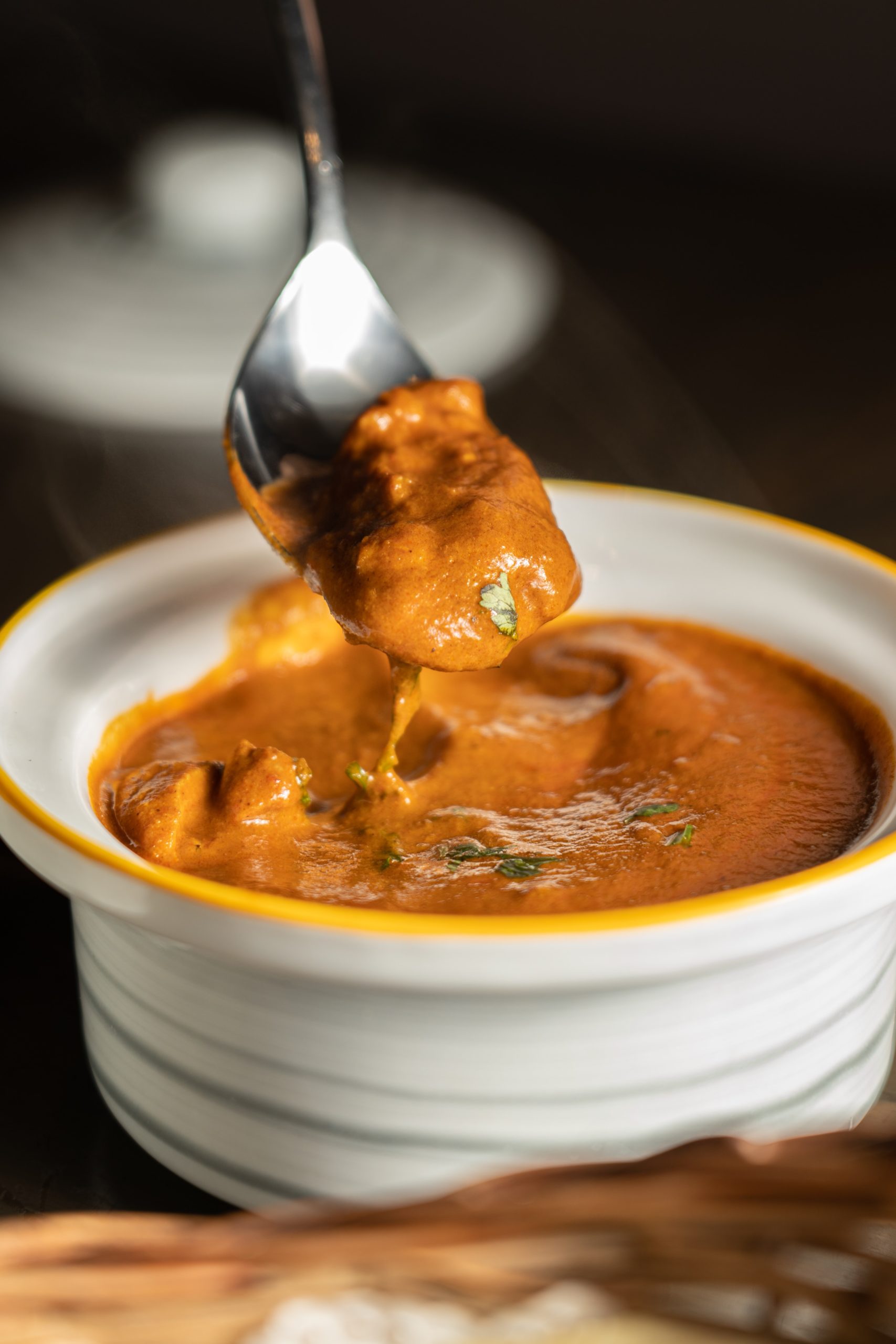
Our body runs on two components that give it fuel. These are fatty acids and glucose. Too much fat is often considered dangerous for health, but fat is an energy that can be stored in excess in the body. This is often what leads to weight gain. A keto diet runs differently, though. A keto diet contains excess fat, which is efficiently accessed instead of glucose present in the protein. This is because a keto diet contains very little protein. And because of the less protein in the state of ketosis, the body starts to use its fat store as an alternative. This is the ultimate key to weight loss. Since people no longer need to diet to ration their food intake, the ketogenic diet has become very popular.
Many doctors approve of a ketogenic diet and recommend it to patients with diabetes and seizures. Since the ketogenic diet contains high fat, moderate protein, and low carbohydrate sugar level, the intake has prevented seizure attacks and controlled diabetes. Doctors suggest that there are extreme health benefits in reducing carbohydrates and sugars from our diets and replacing them with fat and proteins.
People assume that being in the state of ketosis means eating salads and healthy food only. But that is not the case. Even though a keto diet requires a certain fixed proportion of components such as fats, carbohydrates and proteins, Thai curry can still be enjoyed with its lower level of fat.
What is the keto diet?
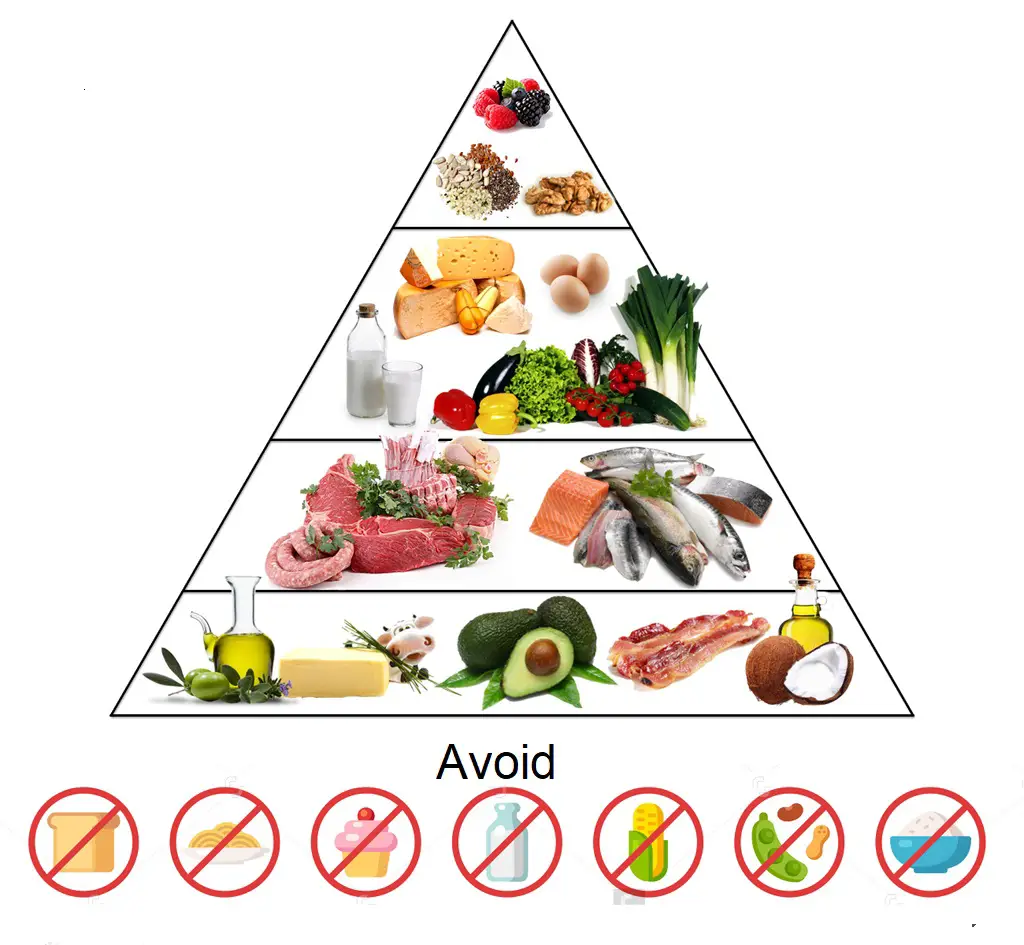
A keto diet is also referred to as a ketogenic diet. A diet rich in healthy fats, modest in protein, and low in carbs is recommended. The diet is based on the theory that if you eat less than 30-50 grams of simple carbohydrates and sugar per day for more than a few days, your body will start to convert fat into ketones, which may subsequently be used for energy.
For a keto diet, leafy green vegetables are recommended. These include various salads, especially kale and spinach. Green vegetables are essential to a keto diet because they comprise only a quarter of your food intake. This means that they take up only 5% of calories in food. For instance, Two servings of spinach contain only 20 cal.
In a keto diet, foods are consumed in the following ratios:
Fat– 60-70% calories (Cheese, flaxseed, Chia seeds, fish, avocado, nuts)
Protein– 20-25% calories (Nuts, green leafy vegetables such as spinach, kale, cabbage, lettuce, meats such as fish chicken)
Carbohydrates– 5% calories (Fruits such as strawberries, cherries, coconut, blueberries, raspberries, blackberries, pineapples, green vegetables, almond flour, etc.)
The benefits of a keto diet include common weight loss and lowered blood pressure. It also stabilizes the blood sugar by improving the insulin sensitivity in the body. Other benefits include hunger and appetite control as well as reduced heartburn and improved energy. Because of lowered blood flow pressure, there is decreased anxiety and improvement in self-discipline and memory. It also improves energy as well as mental clarity, and sleep.
Patience in dealing with various conditions can benefit extensively from a ketogenic diet. Scientific studies prove that people with Parkinson’s or Alzheimer’s disease benefit from it. Other conditions include high blood pressure, diabetes type one and two, obesity, sleep disorders, seizure disorders, migraines and headaches, high cholesterol levels, et cetera.
Ketosis is basically a metabolic state that the body experiences when it has an intake of minimal carbs. The body in the ketosis state relies on fats instead of carbs to thrive. To enter the state of ketosis, it can take up to a week. The state of ketosis has its benefits as well as its drawbacks. One can enjoy the process of weight loss and eliminate the side effects of many conditions. However, getting into ketosis can cause exceptional side effects such as weakness, fatigue, insomnia and even problems with indigestion.
Some individuals usually give up their ketosis journey because of these drawbacks. Maintaining a ketogenic diet is complex, and one needs to remember that these difficulties exist for only a short period. When you go further into your ketogenic journey, you are good to go. This is because the negative side-effects begin to feed away. At times the disadvantages that come with the longer term journey from a ketogenic diet turn into positive benefits. It is seen that people facing insomnia at the beginning of their journey tend to find a better sleep schedule later on. To find out if your body is in the state of ketosis or not, one needs to use a blood testing meter. If your body is in a state of ketosis, there will be a lot of ketones in your blood. Your ketone blood level will be at least 0.5 mmol/L if your body is in ketosis.
How is Thai curry keto friendly?
When talking about a keto diet, restrictions always come to mind. However, Thai food is particularly good for a keto diet because it contains the right components that allow people to stay in the state of ketosis.
Thai curry is good for the keto diet because the curry is made with keto-friendly spices, like, turmeric, ginger, mustard seed, turmeric, coriander, garlic, black peper, cinnamon, and fenugreek.
Amongst Thai Food is Thai Curry, which is acceptable on the keto diet since it does not stop the ketosis process. Since a keto diet is supposed to be high in fat and adequate in protein as well as low in carbs, it becomes questionable as to why and how Thai Curry is keto-friendly since it does not contain the right proportions of components, especially fat.
There is only 9 g of fat within Thai Curry, and this is not an abundance of fat as a keto diet requires. However, it can contribute to the daily goal of 165 g of fat. Since Thai curry contains 27 g of protein, it makes it a great source of protein that can help reach the 75 g limit. In this way, the 24 g of protein in thai curry is just half of the 40 g limit. This makes it negligible in accordance with ketosis. Which means it cannot stop the process of ketosis in any way.
Thai curry provides many benefits and nutrients and is also a tasty dish. Along with all the green food people on a keto diet have to take, Thai curry can be a new addition that is flavourful and delicious.
Why Thai curry won’t stop ketosis
Thai cuisine is famous because it contains specific ratios of carbohydrates, proteins and fats, which need to be kept in check. Amongst the variety in Thai food, Thai curry is to die for! Since it contains 24 g of protein, Thai curry is an excellent keto diet option.
Who said that having a keto diet meant you could not eat your favorite recipes? You can look for alternatives and remain in ketosis while enjoying your favorite recipes.
Since Thai curry does not meet the requirements for the keto diet, it will not stop the process of ketosis. Thai curry contains an adequate amount of protein, and it is low in carbohydrates and high in fat. Through the correct ratios of components in Thai curry, the body is not receiving as many carbs, and because of this, the body is forced to use the stored fat as energy instead. This is by a keto diet, and therefore, Thai curry does not end the process of ketosis.
Let’s see how we can make Thai curry. A typical Thai Red Curry Paste recipe will be as follow:
Now let’s make a Keto friendly Thai Curry

Servings 6
Ingredients
10 g Thai Red Chillies dried
2 fresh Thai red chillies
30 g shallots
4 cloves garlic
5g coriander
15 g lemongras
½ teaspoon shrimp paste
15 g galangal
Salt and pepper to taste
1 lime, the zest
Directions
Put all the ingredients in a food processor
Add a tablespoon of water and mix
Nutrition: 3g carbs, 3 grams protein, 1 gram fat
Keto Recipes

Me encanta cocinar y escribir, tengo un Certificado de Nutrición de Inicio y un diploma de Nutrición Completa acreditado por CTAA y una Certificación de Entrenador de Salud de Nutrición Keto. Creo firmemente que comer sano es la clave para vivir una mejor calidad de vida. He tomado un curso de Terapia Nutricional que me ha dado las bases para comer saludablemente.

